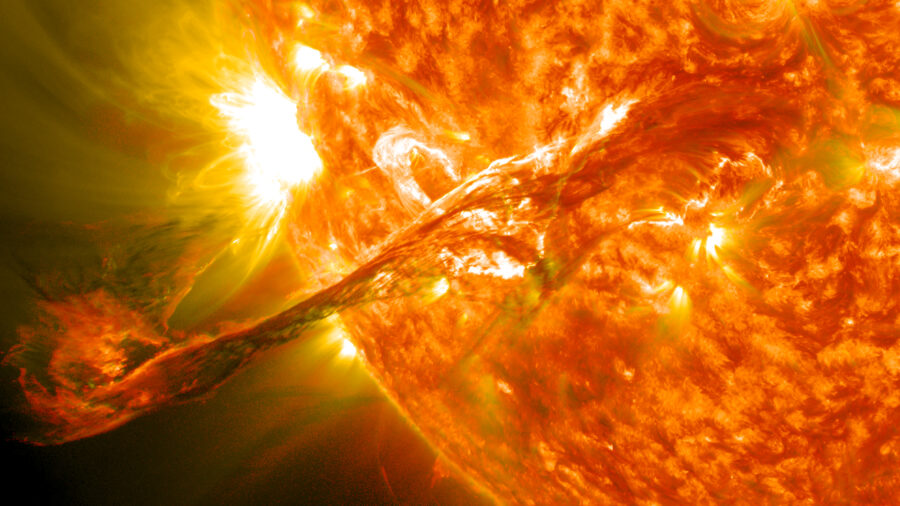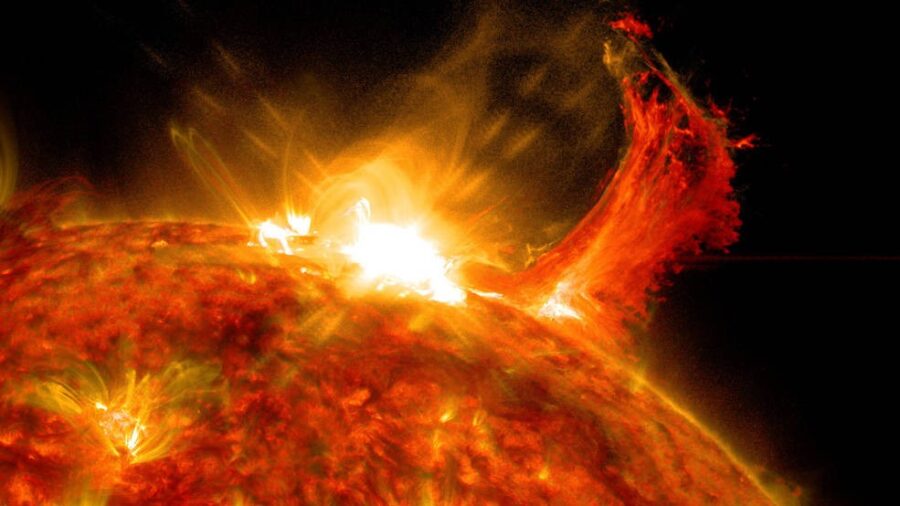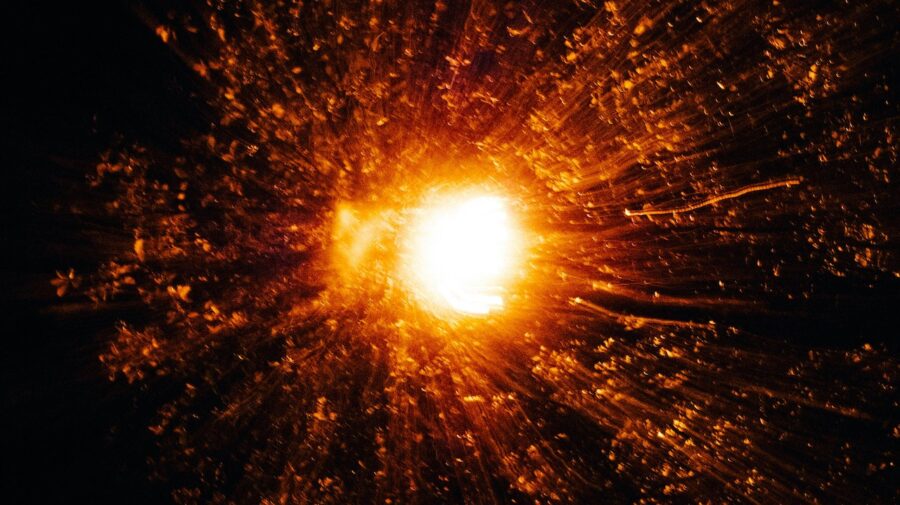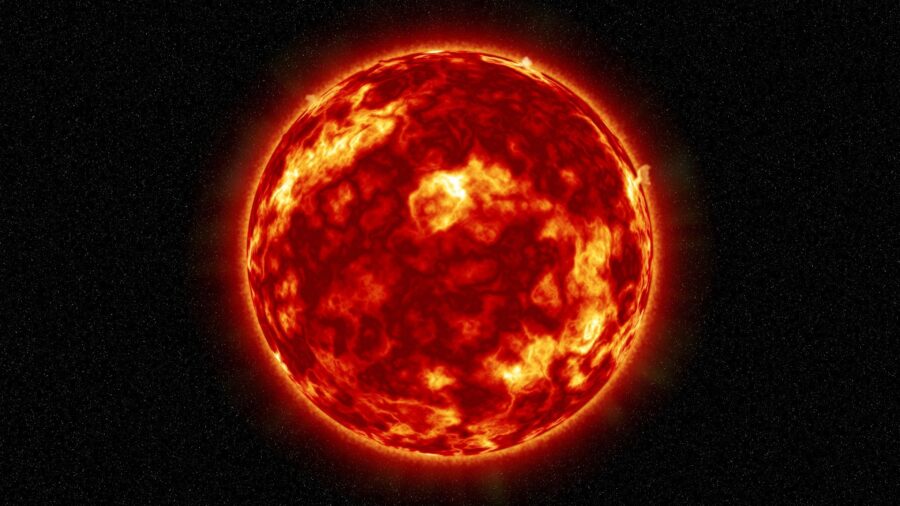Super Solar Flares Could End The World In Blink Of An Eye

It’s easy to be blinded by the dazzle of humanity progressing forward to the promised epoch of unprecedented technological advancement, at least enough to miss a silent, colossal threat on the horizon: super solar flares. Make no mistake, these massive bursts of radiation from the Sun could upend the world as we know it—and fast. Experts fear our civilization lacks adequate preparation for the catastrophic impacts of such an eventuality.
Super Solar Flares

Super solar flares, or superflares, amount to hugely powerful explosions on the surface of the Sun. Releasing a humongous supply of energy—bursts comparable to billions of nuclear bombs combusting at once—these incredible explosions eject enormities of radiation. Such bursts can wreak havoc on Earth’s magnetic field and our technological infrastructure.
That said, solar flares are a routine occurrence; while superflares, though are, are incredibly destructive.
Scientists normally associate solar flares and their subsequent robust bursts of radiation with sunspots; their spectrum of electromagnetic radiation includes radio waves, X-rays, and gamma rays. Upon exploding, super solar flares let loose the infamous coronal mass ejection (CME): a huge burst of solar wind and magnetic fields that traverses the solar system to interact with Earth’s magnetosphere.
Dependence On Technology

Before envisioning the sci-fi disaster movie such an occurrence could entail, consider how relatively recent history offers a glimpse into the potential havoc. During a massive solar flare in 1859, the Carrington Event, telegraph systems spanning North America and Europe failed; some operators even reported sparks and fires.
What’s worse, a super solar flare unfolding today is exponentially more devastating. Why? Our dependency on technology.
Indeed, in an era in which tech is woven inextricably into the fabric of our lives, a super solar flare could totally sever satellite communications, GPS signals, and radio communications.
Communication Breakdown

Widespread blackouts would follow, wrecking telecommunications. Everything from emergency services to financial transactions would be devastatingly impacted.
Power grids and the power lines linking them, for instance, would be rocked by geomagnetic disturbances and ruinous electric currents–all of which would cause transformer failures and limitless power outages.
And what about self-driving cars?
Everything Could Collapse

After all, autonomous vehicles rely on an intricate web of particularly vulnerable GPS data, sensors, and communication systems. A super solar flare could genuinely disrupt GPS signals and turn self-driving cars–into self-crashing cars.
Plus, electromagnetic interference could ravage the ultra-sensitive electronics within these vehicles; it’s terrifying to consider the malfunctions or complete failures resulting from this.
And don’t forget nuclear facilities. Nuclear power plants depend on a stable and continuous supply of electricity to maintain cooling systems and other critical functions.
A cooling system failure commenced by a major solar-flare-induced power grid collapse…. would be very bad, and potentially mean meltdowns.
Meanwhile, the huge electromagnetic pulses (EMPs) generated by super solar flares could ambush nuclear weapons systems.
By disrupting communication and the electronic components of these weapons, accidental launches could follow, or failures on behalf of an automated system to respond to a crisis.
We Should Start Looking Into Safeguards

Lastly, because modern healthcare facilities heavily depend on high-tech, maintaining everything from patient records to life-support systems, these institutions are also at risk. It’s painful indeed to imagine a solar flare knocking out power and communication networks in hospitals worldwide.
In conclusion–and to employ a titanic understatement–super solar flares are something we and our elected leaders should take very seriously












